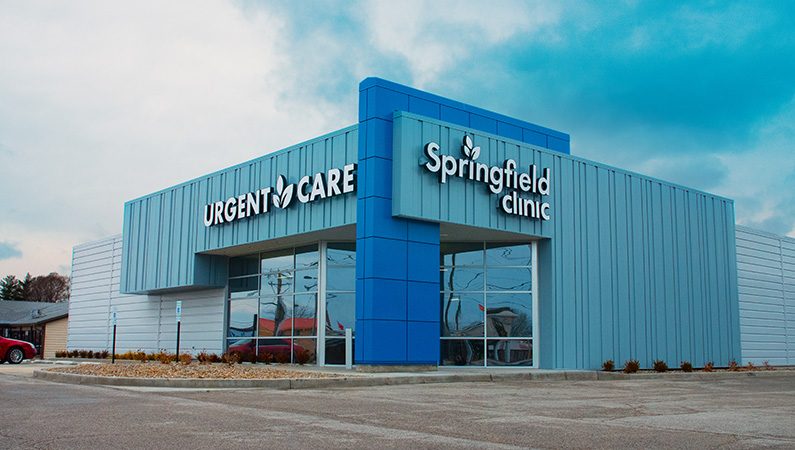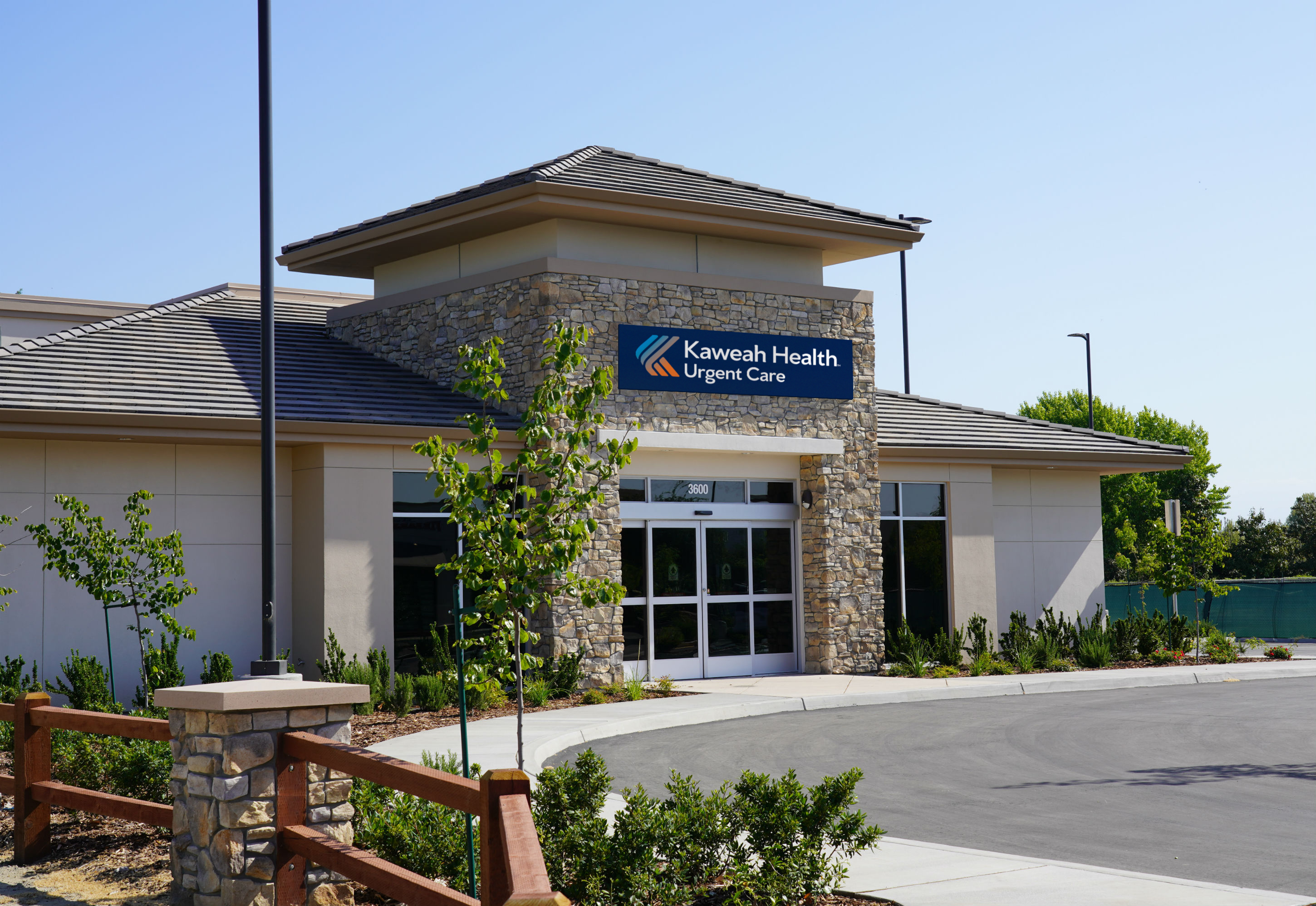How Urgent Care Clinics Enhance Access to Healthcare for Patients With Immediate however Non-Emergent Medical Requirements
Immediate care clinics have arised as a crucial part in the medical care landscape, attending to the requirements of people who require immediate attention for non-emergent problems. By running beyond standard workplace hours and using a streamlined technique to small injuries and ailments, these centers not only minimize the concern on emergency divisions however likewise enhance total individual access to prompt treatment. As we consider the effects of this design, it becomes necessary to check out exactly how immediate care clinics are changing patient experiences and end results in manner ins which warrant additional expedition.
Function of Urgent Treatment Clinics
Immediate care facilities play an important duty in the health care system by providing prompt and available clinical solutions for non-life-threatening conditions. These centers work as a necessary bridge between medical care companies and emergency situation departments, successfully reducing the problem on medical facilities while making sure patients get prompt treatment. By operating prolonged hours, consisting of weekends and nights, immediate treatment clinics accommodate people that might not have the flexibility to check out a typical doctor's office during common business hours.
The spectrum of services provided at immediate treatment facilities consists of therapy for minor injuries, diseases, and diagnostic services such as X-rays and lab examinations. This breadth of treatment permits people to address a variety of health and wellness worries without the long haul times generally connected with emergency clinic. Moreover, urgent care centers typically utilize a diverse team of health care professionals, including physicians, nurse practitioners, and physician aides, that are outfitted to take care of numerous clinical circumstances.
Benefits of Immediate Accessibility

In addition, instant accessibility decreases the concern on health care service providers and emergency departments by diverting less critical situations to proper settings. This alleviates overcrowding in emergency spaces, allowing those with true emergency situations to obtain the immediate treatment they need without unnecessary delays.
Furthermore, the ease of extensive hours and walk-in accessibility indicates that people can look for care without the need for consultations, which is especially advantageous for people with unpredictable schedules or those that might experience abrupt wellness problems. - Urgent Care
The access of urgent care centers fosters a proactive method to health, encouraging individuals to seek medical recommendations and therapy faster as opposed to later. This not just boosts individual satisfaction however also promotes a society of preventive care, ultimately bring about much healthier communities.
Comparison With Emergency Clinic
Frequently, individuals discover themselves uncertain whether to check out an urgent care clinic or an emergency area when encountered with a clinical issue. Urgent Care. Comprehending the distinctions between these two health care choices is important for making educated decisions. Immediate treatment clinics are developed to resolve non-emergent but immediate clinical issues, such as small injuries, infections, or illnesses. They typically run with extended hours, consisting of evenings and weekend breaks, giving prompt access for clients who might not need the comprehensive solutions of a healthcare facility.
On the other hand, emergency situation rooms are equipped to take care of lethal situations and serious medical emergency go to this website situations, such as cardiovascular disease, strokes, or significant trauma. These centers use advanced analysis tools and specialist assessments, which can cause longer wait times for patients with much less important concerns. On average, emergency clinic tend to be more pricey than immediate care clinics, making urgent treatment a more affordable choice for non-emergent requirements.
Ultimately, while both immediate treatment clinics and emergency spaces play crucial roles in the healthcare system, understanding their corresponding features enables patients to select the proper setting based on the seriousness and nature of their clinical problems.
Services Offered by Urgent Care
Immediate care clinics supply a broad array of services tailored to attend to non-emergent medical needs, making them a practical choice for clients seeking timely attention. These facilities are outfitted to manage different problems, including small cracks, sprains, and lacerations, which call for immediate care yet do not demand emergency clinic treatment.
Additionally, urgent care centers supply diagnostic services such as X-rays and lab examinations, permitting for quicker evaluation and therapy of health problems. Clients often present with usual conditions like colds, flu, and infections, which can be successfully handled on-site. Immediate care facilities frequently supply preventative solutions, including vaccinations and wellness screenings, adding to general public health.
One more crucial solution supplied is the management of persistent conditions worsened by severe signs, such as bronchial asthma or diabetic issues, ensuring individuals obtain timely care without frustrating emergency solutions. Numerous facilities also expand their hours beyond typical office timetables, boosting ease of access for clients who might need treatment during weekends or nights.
Improving Individual Outcomes

Urgent treatment clinics are geared up to take care of a variety of non-emergent medical concerns, including small injuries, infections, and diseases. Their emphasis on easily accessible, high-grade treatment allows people to receive appropriate treatments and preventative solutions, cultivating far better wellness monitoring. In addition, these facilities usually use a multidisciplinary technique, integrating numerous medical care specialists to make certain comprehensive treatment.
Client education and learning is also a crucial element of enhancing end results. Immediate care carriers often supply guidance on follow-up care, precautionary actions, and way of life adjustments, encouraging patients to take an active duty in their health. The combination of instant gain access to, expert treatment, and client education and learning not published here just enhances complete satisfaction however also Recommended Site leads to boosted long-term health and wellness results, strengthening the value of immediate treatment centers in the healthcare continuum.
Final Thought
In summary, immediate treatment facilities offer a vital duty in improving health care accessibility for people with instant, non-emergent clinical requirements. By giving prompt services outside conventional office hours and minimizing wait times, these clinics successfully alleviate pressure on emergency clinic. The range of solutions supplied contributes to improved person results, promoting positive health and wellness monitoring. Eventually, immediate care facilities are crucial in bridging the gap between medical care and emergency services, making sure easily accessible and efficient health care for communities.
On standard, emergency spaces often tend to be much more pricey than immediate treatment centers, making immediate care a much more cost-effective option for non-emergent needs. (Urgent Care)

Ultimately, urgent treatment centers are necessary in bridging the void between primary treatment and emergency solutions, guaranteeing accessible and efficient health care for areas.